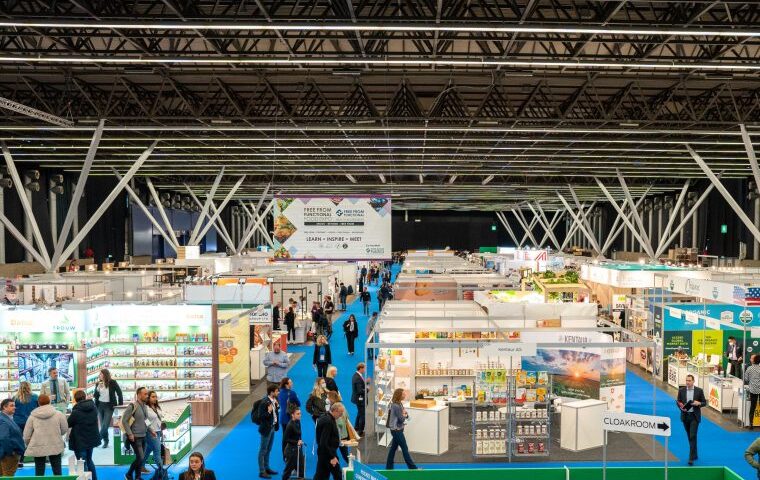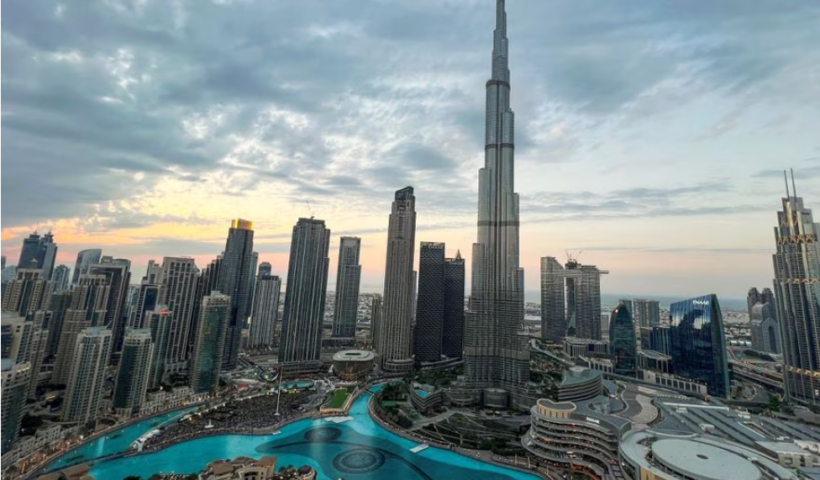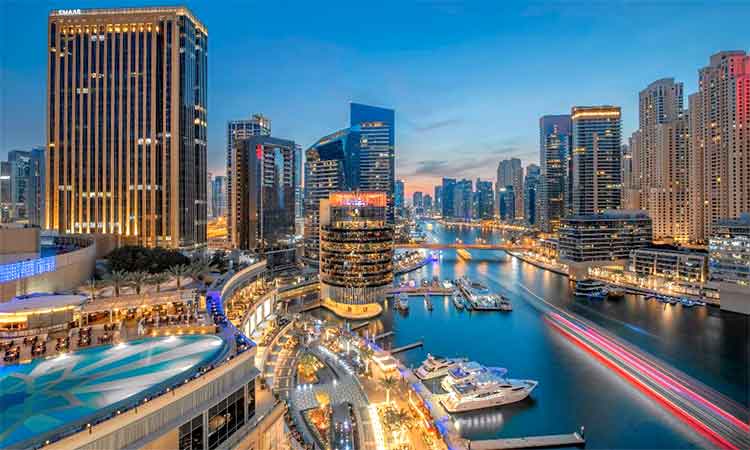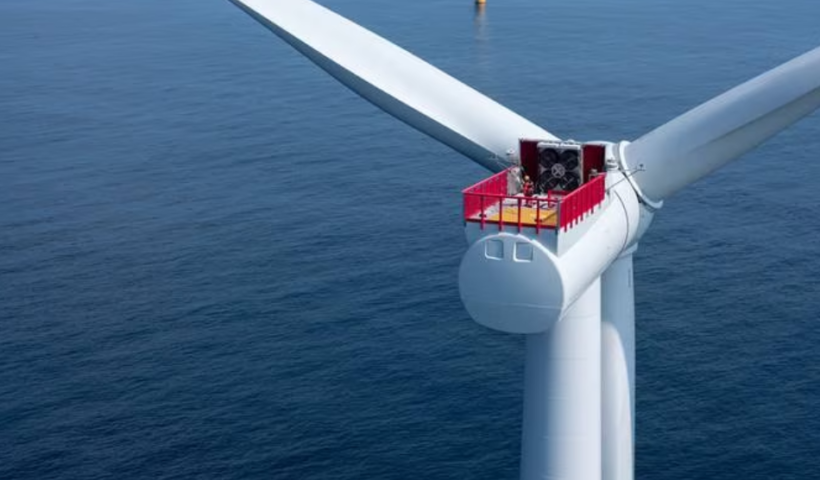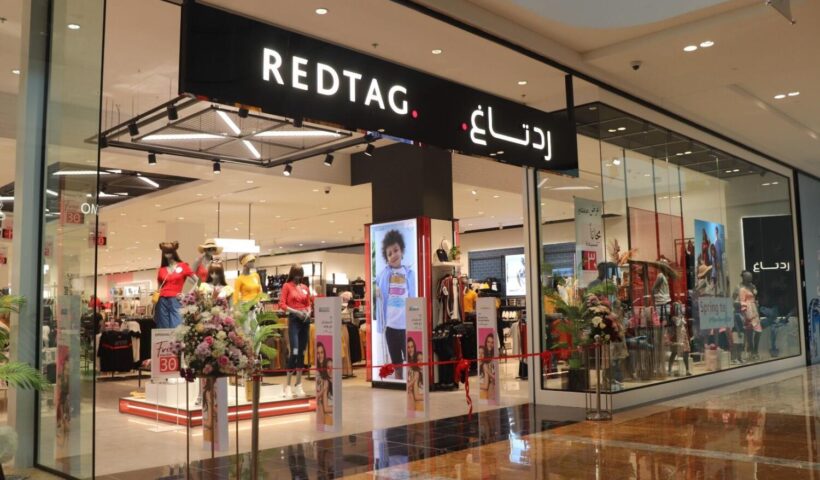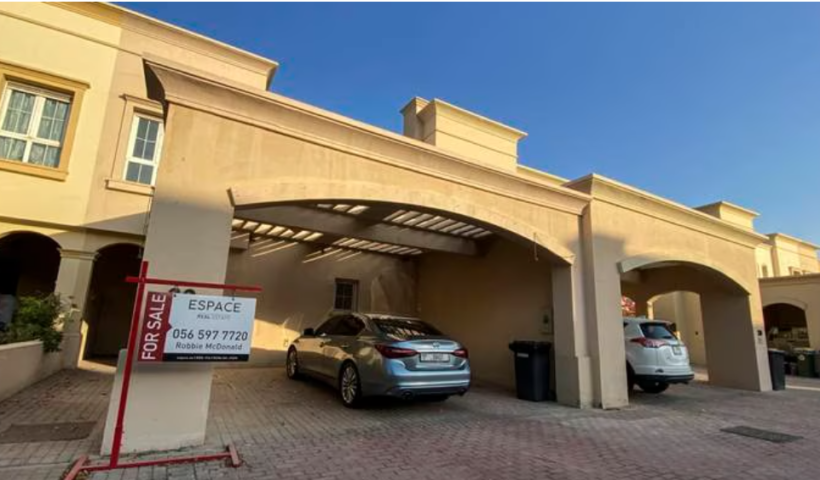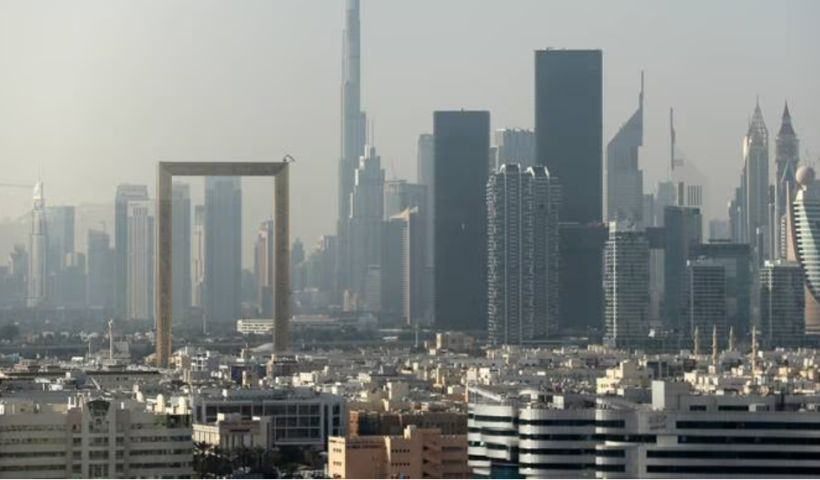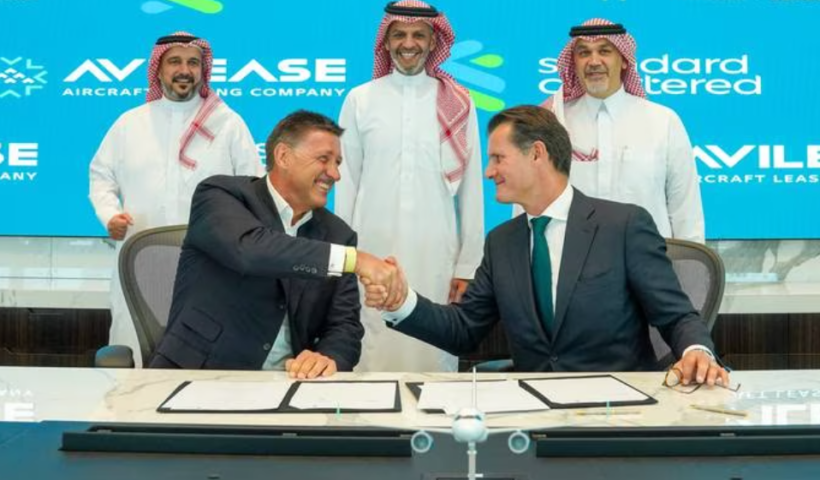Processors of battered and crumbed fish and shrimp are now more productive, efficient, and safe than ever thanks to new equipment and processing techniques. The key to processing the best breaded fish is clean, effective, high-capacity frying, and the fryer used to prepare items like these has a significant impact on the quality of the final product.
Heat and Control, a single-source provider, offers a comprehensive selection of industrial processing equipment that enables you to stay on top of consumer trends, meet demand, and market your best fish products.
Breading Applicator for SureCoat
Processors are substantially investing in equipment to help them make (or expand their range to include gluten-free versions of conventional favorites) due to the approximately 121 million gluten-free consumers worldwide. The two largest trends in breadings right now are gluten-free and clean label; to assure the quality of a new recipe and ensure you are getting the same crispiness and flavor development as traditional breadings, dealing with an experienced, food industry supplier is recommended.
The SureCoat Breading Applicator from Heat and Control provides complete coverage on all product surfaces with the hardest-working applicator in the industry. It is appropriate for items including seafood, meat, poultry, vegetables, prepared dishes, and meat substitutes and has the shortest changeover and cleaning times in the industry.
The special design of SureCoat applicators enables it to evenly apply batter or flour pre-dust, granular and non-free-flowing breadings, and even fine Japanese-crumb or flake coatings. Large diameter, adjustable-speed augers are used to quickly transfer the breading, and top and bottom coatings can be adjusted separately for better coverage of all product surfaces.
Fried Breaded Goods
For goods like tempura shrimp, chicken nuggets, bone-in chicken, meat patties, breast fillets, meatballs, egg rolls, coated vegetables, and meat substitutes, the Breaded goods Fryer also offers clean, effective, and high-capacity frying.
This popular product is made to operate effectively and continuously. By removing the heating elements from the fryer pan, the system oil volume is greatly reduced. Every minute, 100% of the system oil volume is circulated between the fryer, filter, and external heat exchanger, resulting in superior oil quality and the highest quality output.
To protect the product’s coatings and orientation, the incoming oil and product velocities are precisely matched. Oil inlets with a gentle flow avoid high-velocity currents and maintain a constant oil flow and temperature throughout the pan’s breadth.
This fryer uses 25–40% less system oil than comparable direct heated fryers since it only uses as much oil as is necessary to completely cover your items. This increases the oil turnover rate and extends the shelf life of your goods.
The market for food processing is extremely competitive, and demand from consumers for new and unique prepared food products is rising. Developing your recipe or broadening your product line can be difficult, but with the correct tools, you can bring your best products to market.
Heat and Control provides equipment testing and trials and can assist you in optimizing your food processing operation.


